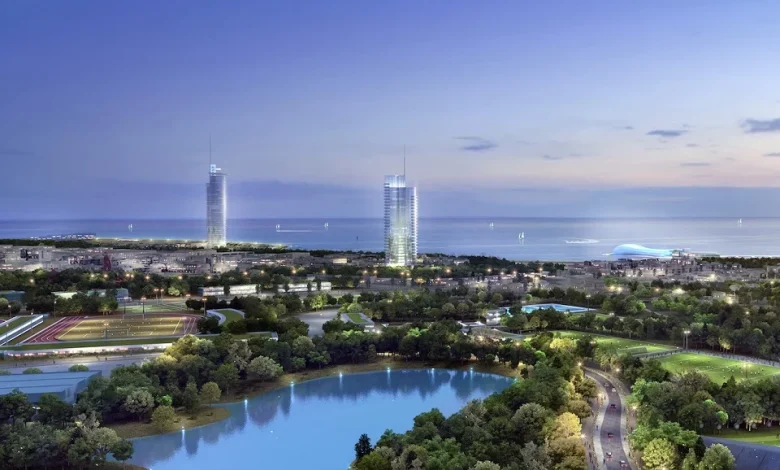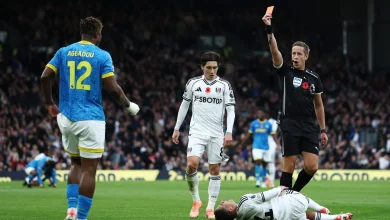From eurozone’s scapegoat to a European success story

The Elliniko project is a symbol of Greece’s upbeat trajectory, according to the author.
It’s been only 15 years since Olli Rehn, then EU commissioner, wished “kalo kouragio” (bon courage) to debt-stricken Greeks and the foreign press declared that “the party is over” – back when Greece was a pariah state that some wanted to push out of the eurozone. That was the period when we were being offered a 50-billion-euro cushion to survive the first difficult months. The allure of history lies in the fact that what is down sometimes rises. Reversal is an unpredictable process, yet entirely predictable in the long arc of historical evolution – in the historical process, as the old Marxists used to say.
Today, our homeland is taking its revenge. I would call it “the revenge of the underclass”; after all, the punitive attitude of our European partners had its roots in how the “virtuous” North viewed the “sinful” South. The notion of a two-speed Europe concealed more than economic indicators. Virtue had multiple connotations that, over the years, shaped the condescending attitudes and behaviors we experienced. Greece was a victim of this as well – without, of course, ignoring our own substantial responsibilities.
But let’s look at the present. Let’s examine how what was down has risen – not how what was up has fallen. It’s an essential distinction, because climbing from the bottom requires planning, hard work, and capable people.
So, where do we stand? Fitch has upgraded the credit rating of the Greek economy. A modest upgrade, but an upgrade nonetheless. Greece has repaid 1.1 billion euros to France from an old loan taken during difficult times – a loan that was not due to be repaid until between 2033 and 2041. As noted in the French press, this move “is the result of the success of the Greek fiscal adjustment program.” At the same time, our own economy and finance minister, Kyriakos Pierrakakis, is a candidate for the Eurogroup presidency, with his main rival being his Belgian counterpart. Not insignificant, to say the least.
To this picture we must add the major developments in the energy sector, as well as the American plan for the port of Elefsina. All of this has unfolded within just a few days, yet it is the product of sustained effort over the past six years – effort that was consistently supported, despite delays, throughout this period.
If we want a symbol of this trajectory, let’s look at the investment in Elliniko: where it stood in 2019, and where it stands today. The same goes for the shipyards. These landmark investments embody a reality no one can deny. They are not mock-ups; they are real projects generating wealth, creating jobs, and ultimately driving growth.
As for the idiotic question, “And what does the citizen gain from all this?” – that deserves no answer. Stupidity cannot be countered with argument. The answer lies in planning and methodical work.





